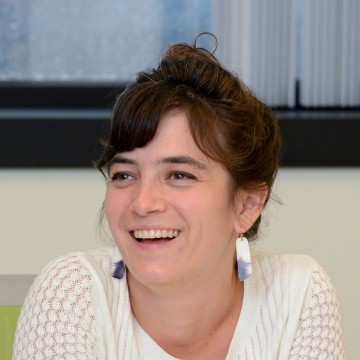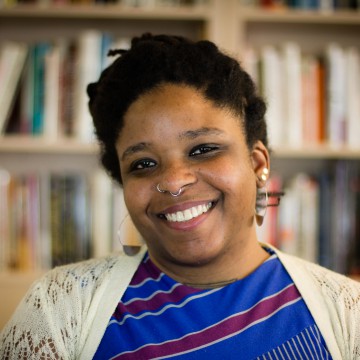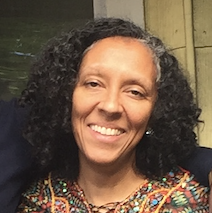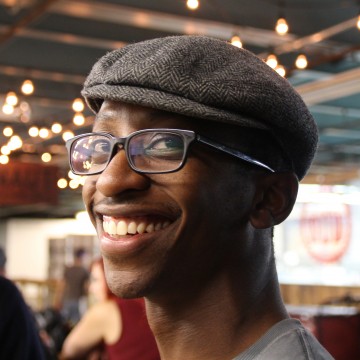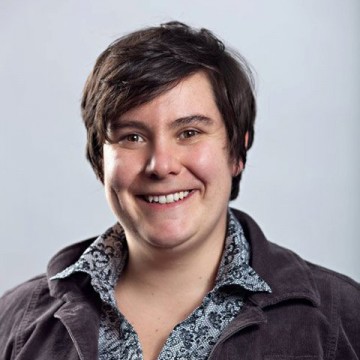Posted in Structural Transformation
July 11, 2016
If you watch the videos of Alton Sterling and Philando Castile’s murders (which I do not encourage if it will be triggering for you, but I DO encourage if you are not Black and you have been feeling numb to and overwhelmed by the most recent violence as I have been), you will see White or light skinned police officers shooting two different Black men in two different cities in the arm and stomach from less than six inches away. How do you pull the trigger on someone whose face you are looking at while your body is pinning theirs down on concrete (for selling CDs on a sidewalk) or while they reach for their driver’s license (after being pulled over for a busted tail light) as you asked them to?!? Seriously. HOW DOES THIS HAPPEN. I mean I can answer it intellectually, with structural racism and implicit bias reasons. But it is a deeply spiritual human question as well. I hear panicked fear in both of these White or light skinned cop’s voices after they have pulled the trigger in these videos; as if they did something they had no control over, or they surprised themselves, or they know their career is in jeopardy, or what, I can’t know for sure. My stomach turns. You will also see Philando’s fiancee being a stronger woman than I could ever imagine myself being in the same situation (and her daughter too…), dealing with the unspeakable, handcuffed right after the shooting and kept that way in the back of a car before an ambulance even arrived, and while her fiancee died. That fear I heard in the police officers’s voices makes me so sick and sad. It is pathetic. It is deep White rage and White fragility and White supremacy twisting our souls into ugly fractions of what they could be. We White people have got to get our shit together. This is too much, too long, too sick, too inhumane. #BlackLivesMatter
NOTE: I have made some minor edits to this post as of 7/8 because it seems that one of these cops may not be White, but a light skinned man whose ethnicity I do not know yet. Anti-Black racism is a persistent problem in all non-Black groups, and White rage and supremacy do not plague only White people.
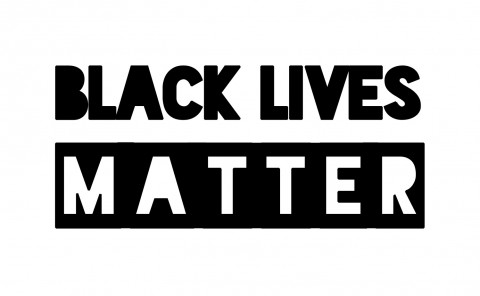
July 11, 2016
(Above: Video of a Boston #BlackLivesMatter protest)
In times of anger and grief and sadness, it is easy for me to retreat or to read endlessly or, worse, to tune out as if lives are not at stake.
There is much to depress us this week and, if we are awake, most weeks. I remembered this week that it is also possible to have joy during these hard times. In fact, as a colleague said to me, perhaps it is not just possible but necessary. We need to connect and celebrate because of all the craziness, not in spite of it. Perhaps it is a way of creating the world we want for ourselves and our children while in the midst of the world we need to drastically change.
Here are some moments of connectivity that brought me comfort or joy this horrible and regular US/global week:
Read More
July 1, 2016
Last week at the Institute during an internal training for our new cohort of Associates, my colleague Alia introduced a practice called ‘Secret Angels’. For those who are familiar with the Secret Santa idea, it is quite similar. You begin by randomly choosing a piece of paper with someone else’s name written on it. Then, for the duration of your time together, you must show appreciation and affection for this person, material or otherwise. You cannot reveal who you are throughout the exercise and you are allowed to elicit the support and collaboration of others. On this occasion the Secret Angel activity lasted three days and we were not allowed to spend money. Rather, we had to think of creative and resourceful ways of showing love for each other.
Some colleagues gave gifts, homemade items, drawings, written poems, chocolate and more. Others offered backrubs and massages. Some offered to do favors. Others arranged and delivered statements of appreciation, acknowledgement and sweet words of poetry. For those three days there was quite a LoveFest in the office! And this of course felt right at home since love is an integral component of our collaboration lens.
Read More
June 16, 2016
As I walked into the office on Monday morning – pit in my stomach, swollen eyes from too much crying, exhausted from a restless night – I wondered how we would process the horror that had happened in Orlando over the weekend. I knew we would; after all, this was an organization full of facilitators whose values statement and change lens both included the word love. But having joined barely two weeks prior, I didn’t know just how it would happen.
Our colleague leading the extended meeting scheduled for that morning made it clear from the start: today wasn’t business as usual. And, it wasn’t a day off either. It was a day to be together, to mourn, to process, to do some work, and to practice “community care instead of just self care.” Read More
April 15, 2016

I almost wept as I listened to the story of Dylan Siegel. At age six, he learned that his friend Jonah Pournazarian had a rare, incurable, and fatal illness. He rejected mom’s ideas about a bake sale and decided to write a book, So Chocolate Bar, (his word for awesome) and raise a million dollars to support medical research. And he did it! Now at age nine, his efforts are funding research that just wouldn’t have happened otherwise. The disease affects so few people that there was no incentive for drug companies or researchers to pay attention. This little guy thought that was unfair and decided to do something about it. How would you change the world if the life of someone you loved depended on it? How far would you reach if the possibility of failing never crossed your mind?
Read More
April 12, 2016
Start a Conversation
Remixers and meme-makers, we have a tool for you. We are pleased to be partnered with Center for Story-based Strategy in the release of an illustration kit: the4thbox.com
Imagery is a huge factor in framing the terms of a conversation. This kit is meant to inspire imagery that provokes new interactions between people. We believe these interactions will help open up imagination towards the liberated, equitable society we want.
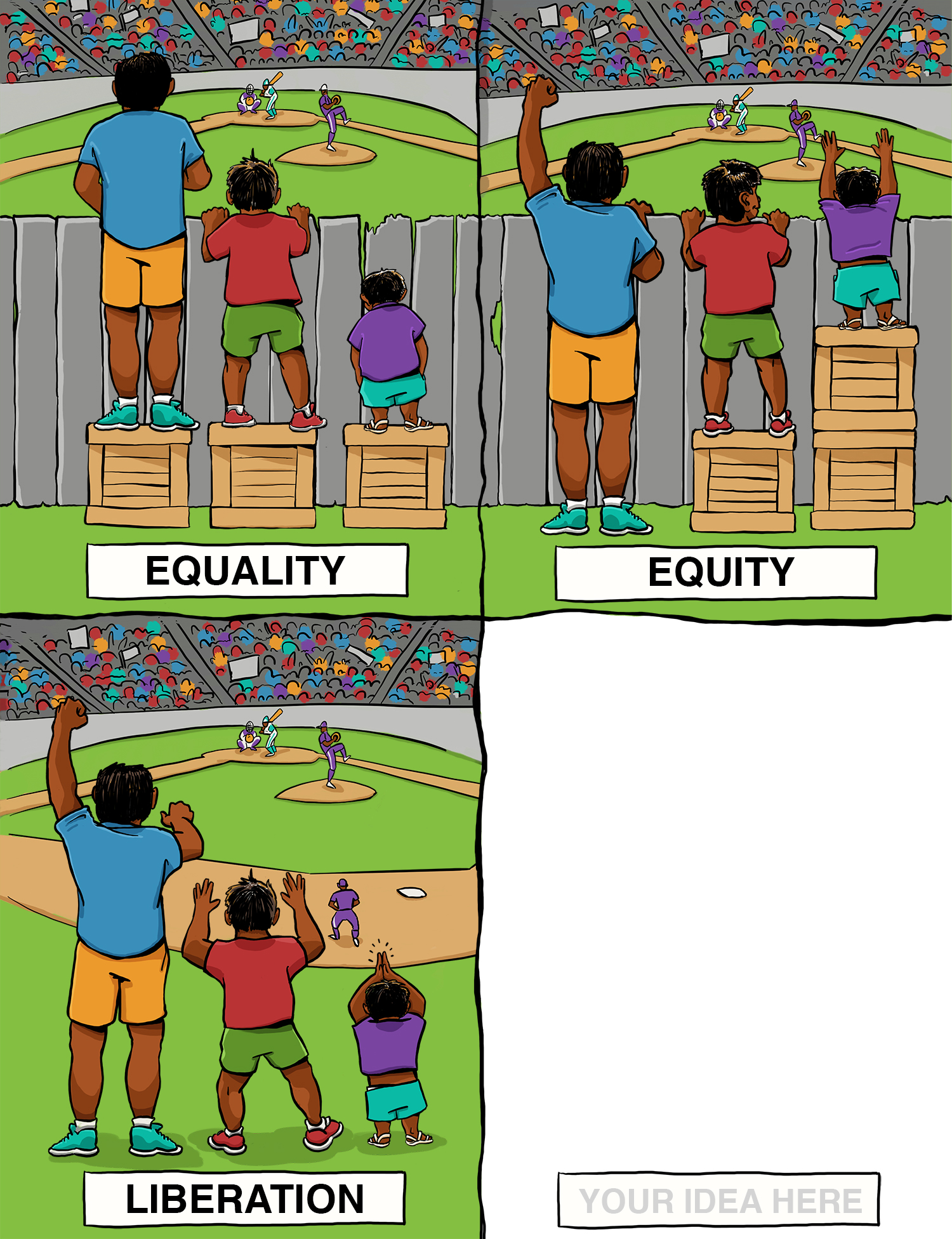
Artwork by Angus Maguire: http://beclouded.net/
Read More
March 22, 2016
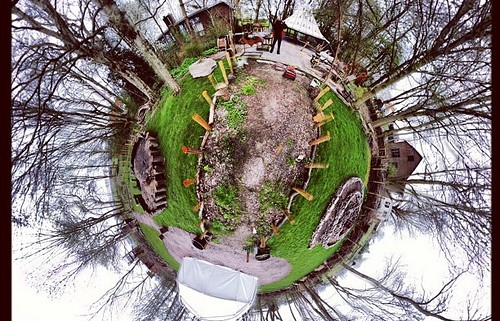
Not long ago, at a gathering of the Food Solutions New England Network Team, one member, Dorn Cox, told the story of a farmer who has become renowned for the health of his soil. Remarkably, the soil health consistently increases, due to on-farm practices created over years of close observation and experimentation. This is significant as it has boosted the quality of the farm’s produce, reduced the need for and cost of inputs (helping to increase revenues), increased the soil’s ability to handle extreme precipitation and dry conditions brought on by climate change, and mitigates carbon release.
This accomplished practitioner has subsequently been sought out by academics and has served as lead author on numerous peer reviewed academic articles about his soil health practices. Dorn then relayed that the farmer recently reported that because of academic protocols he cannot get access to the very articles he has co-authored. Dorn punctuated his story with the lesson that:
To support learning, equity and resilience, knowledge wants and needs to be free and accessible.
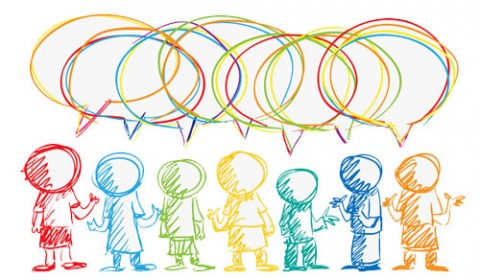
This is a key principle for leveraging networks to make change. In the old world, knowledge was owned and proprietary. But in this increasingly volatile world, to help people be adaptive to change, there is need for robust flows of information that are equitably generated and accessible. This was a lesson learned by professor Anil K. Gupta, before he started the Honey Bee Network in India.
By his own admission, Dr. Gupta had been engaged in the practice of extracting information from people that served his own or purely academic purposes, without ensuring that the information made it back into the hands and minds of practitioners. He realized that “on efficiency and ethical grounds,” this could not continue. Read More
January 20, 2016
How focusing on diversity, flow and structure in human networks can be a foundation for great change.
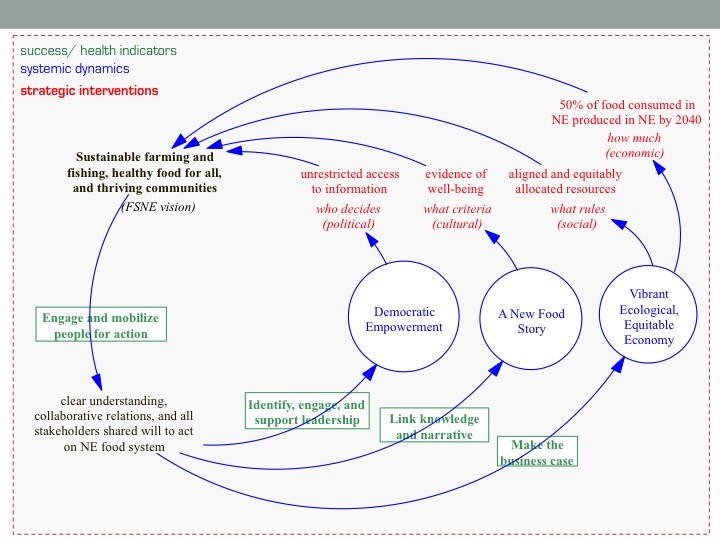
Over the past couple of years, we at IISC have partnered with a few different social change initiatives that have engaged in system mapping to both align diverse stakeholders and surface leverage points for collective intervention. In looking back at these different mapping processes, it is striking the similarities of the areas of focus that have been identified, despite the variety of issues being addressed (food system fragility to educational disparities to public and environmental health). Across these efforts, common areas of leverage have surfaced around:
December 22, 2015
“As long as it remains invisible, it is guaranteed to remain insoluble.”
Margaret Heffernan, from Willful Blindness
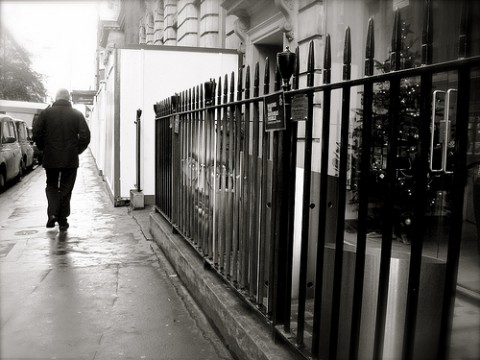
Photo by Marie Aschehoug-Clauteaux
The following is a slighted edited re-post of a piece that appeared at this time last year on our site . . .
As I look back on this past year through the lens of the work we have done at IISC supporting networks and movements for social change, one of the most significant themes from my perspective is the value and importance of “making the invisible visible.” Over the past twelve months, we’ve facilitated many reflection sessions with diverse groups to gauge the development and impact they observe from our work together. I tend to ask people how they see change happening at different levels: self, group, larger systems (organization, neighborhood, community, state, region, etc.). I also like to ask them to reflect via the use of stories to capture and convey significant development.
What has surfaced from this sharing is that even though some of the big goals around equity and sustainability are still ahead of us, there has been movement and part of this development comes down to seeing and being able to work with what had previously been unseen. While the methods for getting to this recognition have varied – from system mapping and analysis to network mapping to structural and power analysis to learning journeys to dialogue and tackling difficult conversations – by creating space to see, share and explore, there has been significant deepening of relationships (to self, other, the work), understanding and commitment.
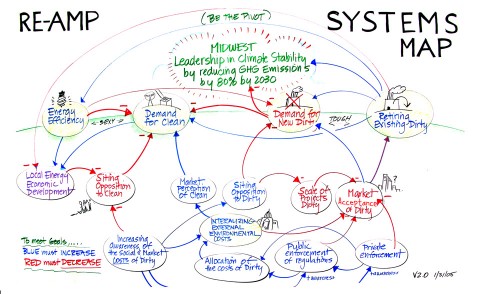
So what is being made visible? Read More
June 25, 2015
“A beautiful question is an ambitious yet actionable question that can begin to shift the way we perceive or think about something – and that might serve as a catalyst to bring about change.”
– Warren Berger
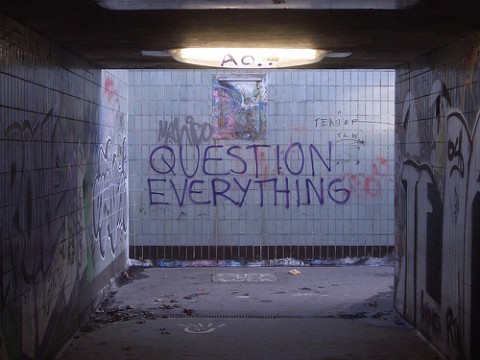
Photo by Duncan Hull
One of my favorite reads of the past couple of years is Warren Berger’s A More Beautiful Question: The Power of Inquiry to Spark Breakthrough Ideas. It continues to strike me as being an important book for any social change agent. Early on, Berger begins with the following provocative statement, that rings true to personal experience:
“Well meaning people are often trying to solve a problem by answering the wrong question.”
In some cases this is because they have not paused long enough, if at all, to consider the underlying question their efforts are trying to solve (risking “active laziness” which I blogged about a couple of weeks ago). Or, as my colleague Cynthia Silva Parker has said, they are “solving for solution,” essentially promoting and/or fighting over their own preferred approaches. And so they continue to offer the same old, ineffective and outdated, approaches or products. This is especially problematic in a time of such change and flux, when we can’t fall back reliably on what we already know. Read More
May 5, 2015
We’ve heard this call and response chant echo down boulevards from St Louis to Baltimore as the #BlackLivesMatter movement takes to the streets. This is what democracy looks like, when the people most affected by a situation organize for change. They call out to us from the streets to remind us that democracy is not about the mechanics for voting for representation.
We don’t all have to march in the streets to use our power and privilege to push for a more just society. I received a copy of a wonderful letter last night. A friend who lives in Baltimore was deeply disturbed by a video that appears to show a Baltimore city police officer violently assaulting a man from behind, even though his hands are raised in surrender. Read More
March 19, 2015
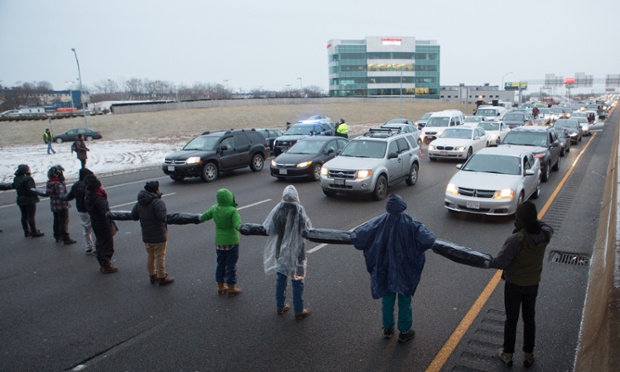
Image credit: The Guardian
Here is the fact: one segment of the population suffers daily humiliation from the sanctioned authorities. These humiliations too often lead to the most tragic of outcomes – murder by police. Another segment of the population, a much larger and dominant segment, does not have any direct experience of this sort of injustice. So they deny that it exists or that really matters that much. And here is where we find ourselves. Read More

